
Orphaned children in South Korea circa 2007
http://www.achildshopefoundation.org/img/korean_children.jpg
Previously, I wrote that one of the most meaningful lessons that I learned on the motherland tour of '88 was not to take for granted the fact that I was adopted as an infant. Many of the adoptees left Korea as children and had memories of the day of their abandonment. Some of the stories still resonate with me and I can't help but feel compassion for these individuals as these traumatic experiences will remain with them for the rest of their lives.
Nighttime seemed to be when we would have intimate conversations about our lives. We would stay up late sharing stories and often hypothesizing about what our lives might be like if we grew up in Korea. One of the stories that I will never forget was about the last day a fellow traveler had with her biological family.
I will call her Mary. Her story began when she was five years old. She recalled that her bio-parents told her that she and her younger sister, who was three, would go to a neat place where there would be lots of children and that they could play and play all day. Of course, this was appealing and she didn't think too much of it. Her bio-mother told her that she needed some things to take with her and then proceeded to put her clothes and her younger sister's clothes in a paper bag.
A little later that morning, her bio-parents told Mary and her sister that they were going to go for a long drive. This was odd as her parents didn't own a car, nevertheless, it seemed like it was going to be a fun and special day. Mary said that her parents were unusually quiet in the car. They arrived at a building and found many children playing outside. Her parents told her and her sister to go play and they did as they were told. Their parents told them goodbye.
When they were ready to go home, she and her sister began to question the adults at this building about their parents' return and they were told that they were not going to return. This was their new home. Mary realized that they were at an orphanage. Mary said that she and her sister sobbed for what seemed like many hours.
A few months passed with the hopes of their bio-parents' return. One day, the orphanage director told them that he had some special news for them. Of course, they thought that their bio-parents were coming to get them. The orphanage director informed them that they had a new family waiting for both Mary and her sister in the United States. They were going to leave the only country, culture and life that they knew for a new one in America.
Even though Mary seemed to be well adjusted at eighteen years old, I couldn't help but think that this memory of abandonment would haunt her for the rest of her life. Understanding that her bio-parents could not afford to give her and her sister the life that they wanted for them, she gradually accepted their decision. Furthermore, this was not a story about a single mother who would be shunned from her family and Korean society for having a child out of wedlock, but of a married couple who wanted more for their children.
This also sheds light on an interesting cultural difference between Korea and the U.S. From my observation and my opinion only, it seems that Korean parents who could not (or cannot) provide for their children see adoption as an opportunity for their children to have a "better life". Of course, I do not know of what type of assistance was provided back then, but I am guessing that there wasn't much financial support from the government. Additionally, a support system, either from the immediate family or society, for a single parent was non-existent
On the other hand, there are single parents and couples in the U.S. who raise their families with meager financial means or maybe government assistance in order to keep their families together. Yes, there are those American parents who have also placed their children for adoption with the hopes of providing a better life for them. However, it seems as if domestic adoption of infants in the U.S. is not common especially among Caucasian children.
So, regardless of domestic or international adoption, what is the better path for a child? This is a difficult and complex issue and every aspect of the child's future life needs to be examined. So, is it better to raise a child with limited resources and little support or to give another family with greater financial means and access to more resources the chance to raise the child? At least in Korea many years ago and even now, it seems as if the parent/s felt that putting their bio-child up for adoption was for the best. Even today, I wonder if Mary still believes that this was the best for her.
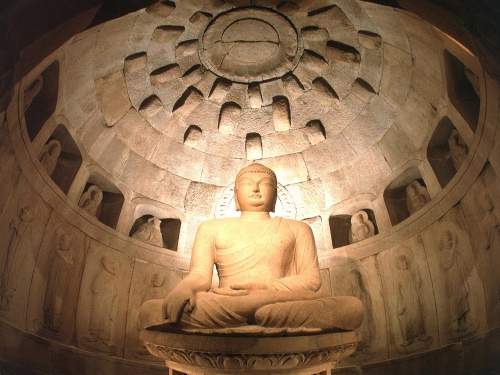


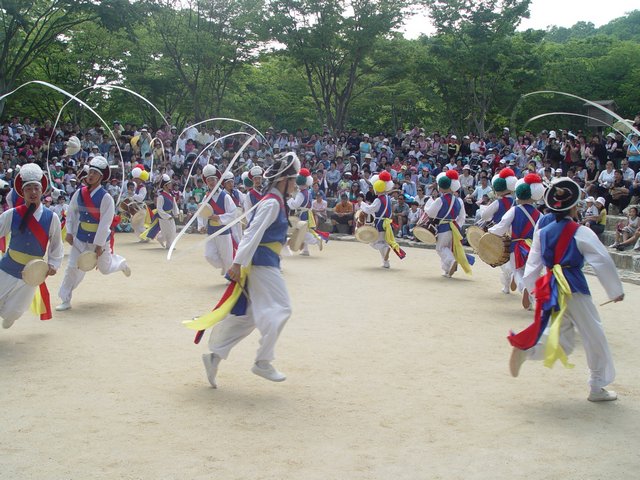


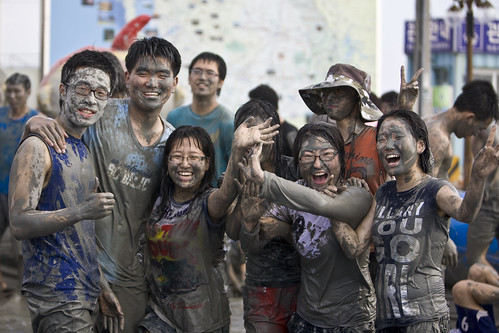
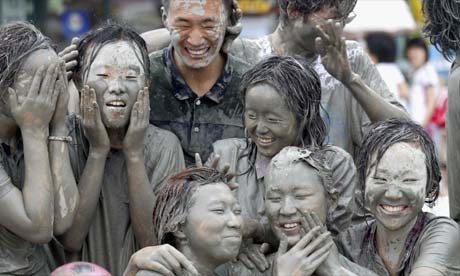
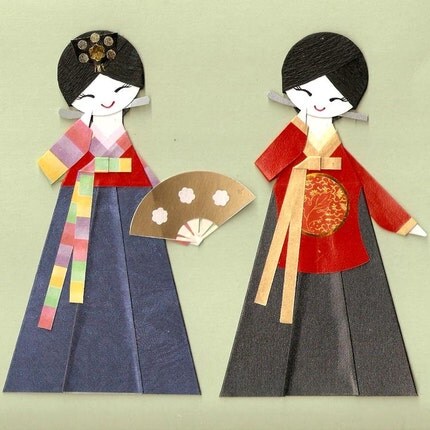
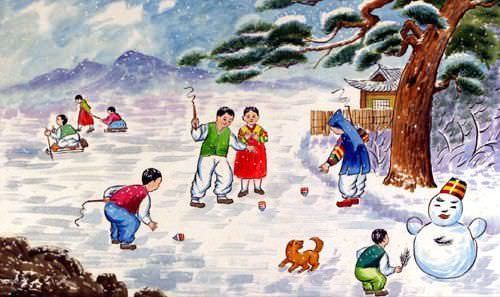

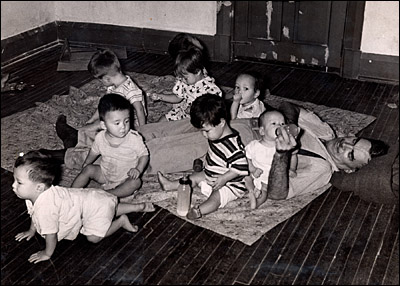




 Seoul Time
Seoul Time

